Many of us make the mistake of thinking that dogs can handle cold weather because of their fur. However, while their fur does keep them insulated, they do have limitations to the amount of cold they can take. Lifehacker recently posted an infographic that shows all you need to know about when it may be too cold for your dog – it even takes into consideration breed and size.
Dr. Kim Smyth, a staff veterinarian with Petplan, a pet insurance company, has created and modeled the graphic after a scale made by Tufts University. The graphic can be used to determine if the outside weather is safe enough for your dog, or if you should wait a while before taking them back outside.

The Danger of Hypothermia and Frostbite
Dogs can be in danger of frostbite and hypothermia, particularly if they’re smaller breeds. It doesn’t even need to be freezing temperatures for this to occur, degrees of 40°F can have the same effects. Larger dogs might be ok for a little longer, but you still need to exercise caution, especially when the temperatures begin to dip to 30°F or below. One thing that you can use to help keep your dog warmer for longer outside on walks is canine booties and sweaters. NPR also states that having protection on your dog’s paws not only helps keep them warm but also saves them from harmful chemicals on the sidewalk like antifreeze.
Consider Your Dog
While the chart is more of a set of guidelines, keep in mind that every dog is individual. Some dogs may have health issues that make going outside into the cold completely dangerous for them, there are others than can spend a decent amount outdoors because of their fur coat type. It is all dependent on your dog. Dr. Smyth spoke to WBUR and revealed that the first sign of hypothermia in your dog is shivering.
Should you notice that your dog is shivering, Dr. Smyth suggests that “you want to get these dogs inside, wrap them up in a warm towel or blanket, and get them to the vet if you need to.”
Overall, just exercise caution with your dog, as you know your furry friend best, and what they can handle. So, enjoy the coming winter months with your doggie.











